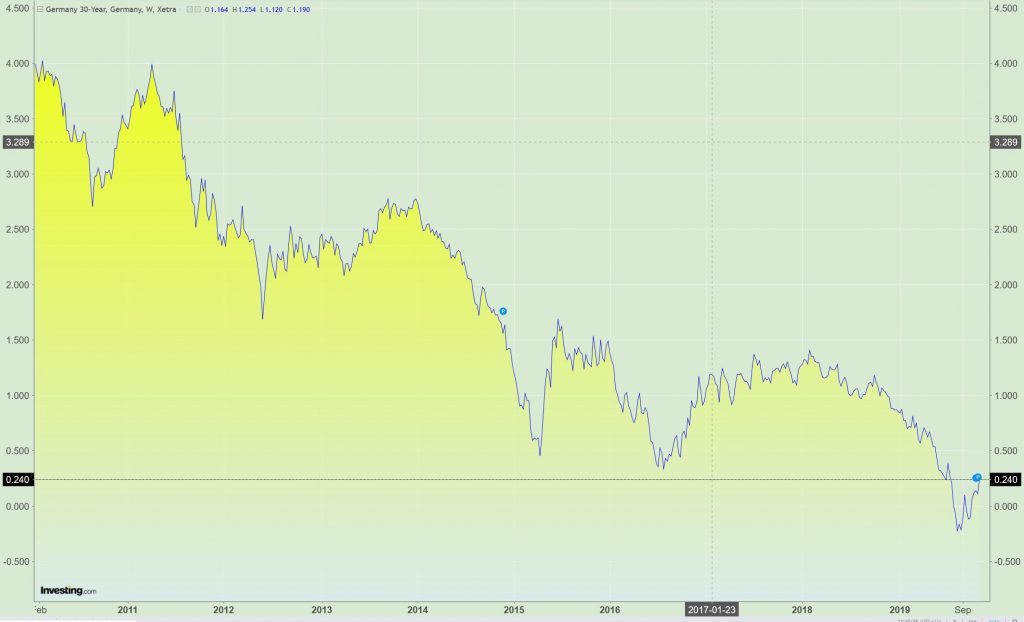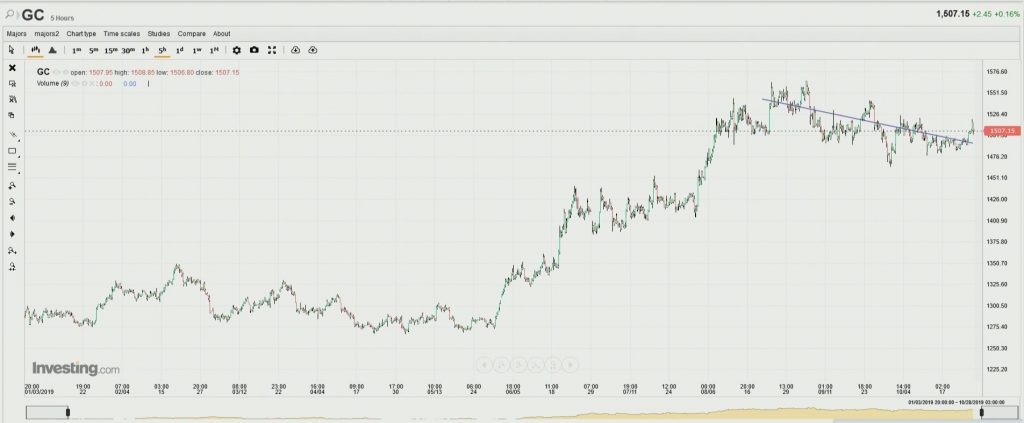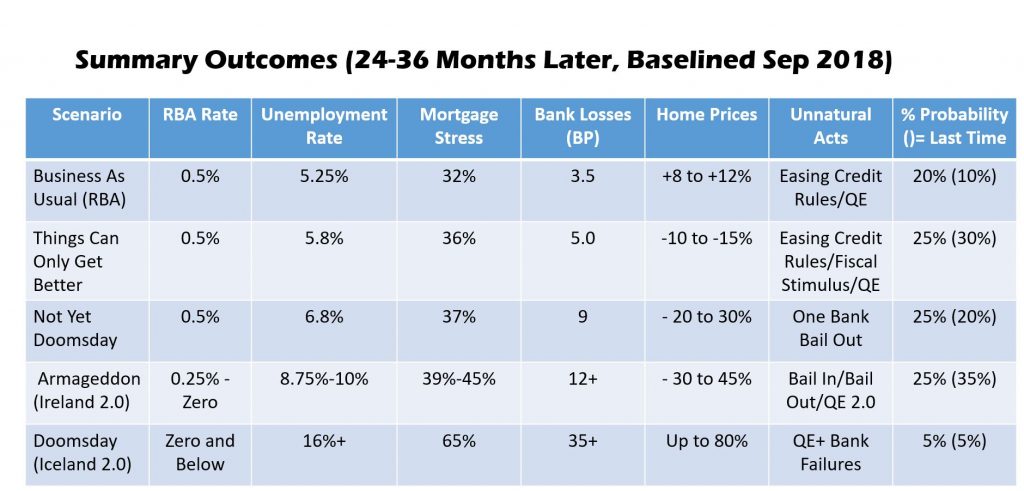Something happened late last week, which superficially might be attributed to positive news on the US China trade talks (later downplayed by Trump) but it was wider and more significant than that.
In recent months many traders have been positioning for a significant market correction, and potentially a US or global recession. Thus, risk stocks were downplayed, while bonds and gold were all the rage.
This drove the yields on bonds down, to the point where in several countries, like Germany they went negative, and at its peak, it was estimated that around $17 trillion of bonds were effectively underwater. A couple of weeks back, we pointed out that Gold had shot ahead of itself, and that the Gold futures meant it would slide. It did, falling by more than $30 an ounce.
The 10-year US Treasury yield rose on Friday to 1.94%. up nearly 50 basis points from the lows at the end of August. Remember that the Fed cut its interest rate target twice, by a total of 50 basis points, and short-term Treasury yields have fallen by about that much. With the one-month yield now down to 1.56% and the 10-year yield up at 1.94%, the yield curve has un-inverted and steepened. Recession has been postponed, for now.
Germany’s 30-year bonds are interesting in that they tried to sell them at a negative yield of -0.11% on August 21, with a 0% coupon – so no interest payments for 30 years – and at a premium, in order to achieve the negative yield of -0.11%. While €2 billion of these bonds were offered, only €824 million were sold. And those investors may rue the day they bought.

We discuss the underling issues.



